Voice to Parliament: Experts reveal what impact Voice could really have
Linda Burney said the priorities for the Voice would be health, education, jobs and housing – but experts believe there are plenty more issues the advisory body might end up tackling.
National
Don't miss out on the headlines from National. Followed categories will be added to My News.
The Voice to Parliament is designed to ensure the views of Indigenous people are heard on matters that affect their lives.
We’ve asked experts to discuss some of the issues that might conceivably come up for consideration — including land rights, Australia Day, education and place names — and reveal what impact, if any, they believe the Voice will have.
HERITAGE PROTECTION
Rio Tinto’s destruction of Aboriginal cultural heritage in the Pilbara in May 2020 was condemned around the world.
It reinforced for many why a Voice to Parliament was necessary.
After the destruction at Juukan Gorge, 30 Aboriginal organisations came together to form a ‘voice’ of their own, the First Nations Heritage Protection Alliance.
Indigenous leader Noel Pearson has said a parliamentary Voice could have played a critical role in preventing the incident by convincing the federal government to step in and overrule a state decision that allowed Rio Tinto’s blasting of the site.
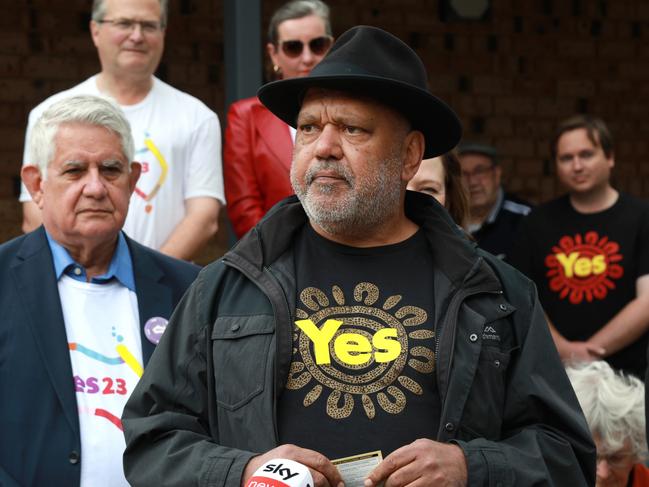
In an interview last year, Environment Minister Tanya Plibersek indicated the government would “sit down with the First Nations Heritage Protection Alliance and co-design stronger laws to give better protection to Aboriginal cultural heritage”.
The Western Australian government consulted with Aboriginal groups to develop its Aboriginal Cultural Heritage Act, which came into effect on July 1, but was dropped just weeks later after complaints from landowners and farmers.
It would seem logical that a Voice to Parliament would play a similar role in the development of any Commonwealth Aboriginal cultural heritage legislation. But as the WA backflip shows, nothing is guaranteed.
AUSTRALIA DAY
Prime Minister Anthony Albanese insists the Voice won’t issue views on Australia Day, but Professor George Williams, a constitutional law expert, said there’s nothing to stop it from doing so.
“The Voice could make representations on matters relating to Indigenous peoples,” Prof Williams said. “This could include having a say on the date of Australia Day.”
However, he admitted while the Voice could try to influence decision-making it could not “direct any outcomes”.
Mr Albanese has categorically ruled out changing the date under his leadership.
LAND USE
From gas drilling in the Timor Sea, to the location of a nuclear waste facility in outback South Australia and a new development near Darwin for Defence Housing Australia, traditional owners are increasingly speaking up on land use issues — and sometimes having significant wins in court.
“There are already mechanisms which Aboriginal people are increasingly using to slow or halt development when their voices are not heard,” Ciaran O’Faircheallaigh, professor of politics at Griffith University, said.
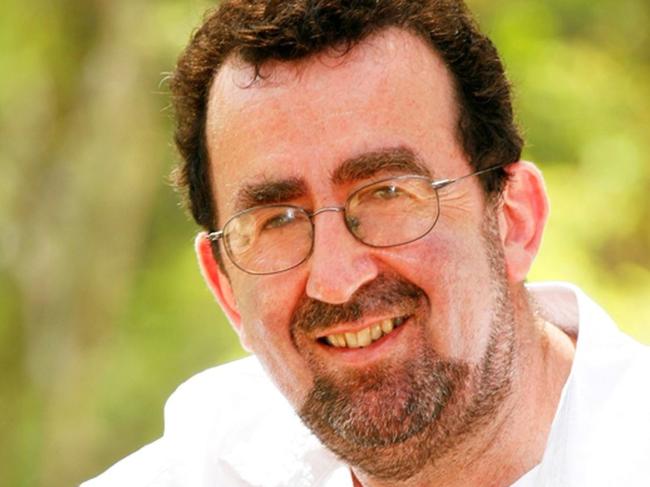
“This is happening regardless of the Voice, and it’s happening because of an evolution in Australian law, in relation to recognition of Indigenous rights.
“This is a global trend, not just Australia. Indigenous people, when their rights and interests are ignored, increasingly have a capacity to use existing legal mechanisms to slow or halt development.”
He said if consultation and consensus could happen before a project was started it could avoid costly court action halfway through.
EDUCATION
Campaigners for the Voice say improving educational outcomes for Indigenous children will be a priority. But could it influence what is taught in schools, such as more Indigenous history or languages?
Prof Williams said the Voice could make suggestions about the curriculum, but the Parliament would ultimately decide whether to implement them.
University of Newcastle Emeritus Prof Lyndall Ryan said people were beginning to look at Australia’s past afresh and schools needed to reflect that.
Her research is being used in some Year 10 classrooms and she hopes more schools will choose to use it as a resource.
Prof Ryan’s map details all the massacres — when six or more people have been killed — relating to the colonial frontier from 1788 to 1930. Almost 12,000 people died, almost all were Indigenous.
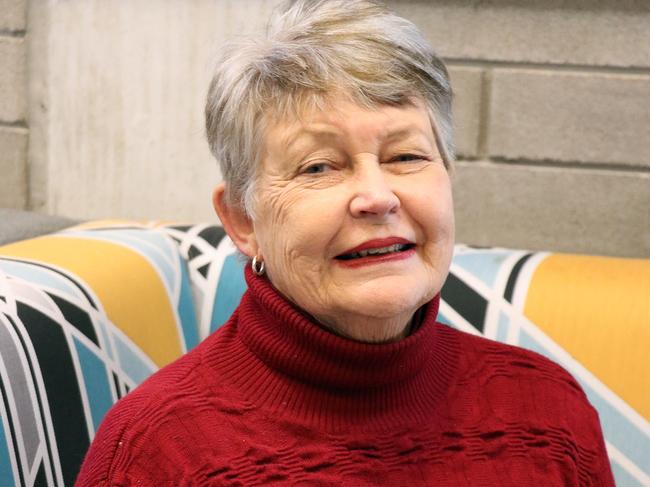
“These are big issues that people need to think about. It’s very confronting,” Prof Ryan said.
“It’s a truth-telling project.”
Centre for Independent Studies spokesman Glenn Fahey said you can’t look at Australian history without the “significant study of Indigenous history”.
He said there are many Indigenous groups already advising education bodies but the more contentious issue is how to appropriately teach the subject from an “Indigenous perspective”. He said teachers needed more help and resources on how to interpret the content from both the perspective of the settlers and that of the Indigenous population.
The Australian Curriculum, Assessment and Reporting Authority (ACARA) said last year’s updated curriculum includes a range of new content that recognises the experiences and perspectives of Aboriginal and Torres Strait Islander peoples.
PLACE NAMES
One land issue that could potentially generate debate is place names.
In recent years, some organisations and people have chosen to use both western and Aboriginal place names, such as Brisbane/Meanjin and Melbourne/Naarm. Other locations have been officially renamed such as Ayres Rock to Uluru and Fraser Island, which is now K’Gari.
There have also been debates about whether places with names that reflect racist attitudes from the past, such as Black Gin Creek near Longreach and Blacktown in suburban Sydney, should be given new names.
Could a Voice to Parliament make recommendations about place names?
Dr Ed Wensing from the Centre for Aboriginal Economic Policy Research at the Australian National University said it would be “entirely up to Aboriginal and Torres Strait Islander peoples and communities to decide whether they will elevate any land-related matters to the Voice to Parliament”.
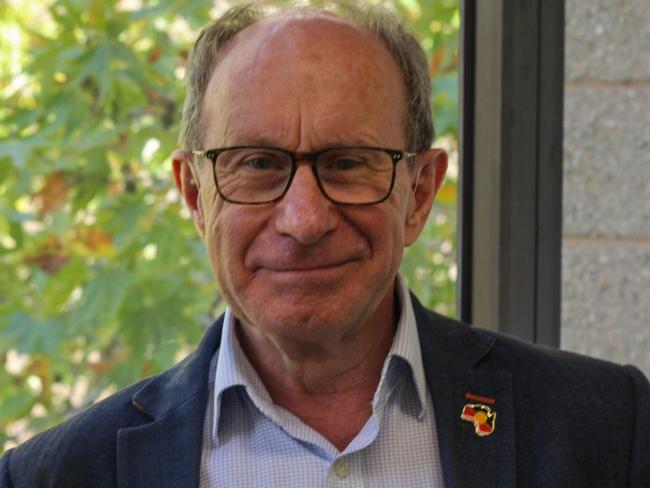
But he said the Voice would not have power to name places, as the legislative power is currently spread between local, state, territory and Commonwealth agencies.
“These arrangements have been in place for several decades and it is nonsensical to think or assert that these arrangements and practices will change as a result of the insertion of the Aboriginal and Torres Strait Islander Voice to Parliament,” Dr Wensing said.
CRITICAL MINERALS
The urgency around renewable energy is fuelling incredible demand for rare earth minerals such as cobalt, lithium and manganese – all of which Australia has in abundance – with a lot at stake for our First Nations people.
Prof O’Faircheallaigh said the extraction of these minerals had potential economic opportunities for Indigenous communities, but also posed a “serious threat” to their land, waters and cultural heritage.
Prof O’Faircheallaigh said the creation of a Voice would not “guarantee” better outcomes, as it would only have an advisory role, but “the absence of Aboriginal voices at the moment is so stark that it can only improve things”.
ENERGY TRANSITION
The shift to clean energy will require massive new power lines linking solar and wind farms to the grid. The transmission cables will cut across many different lands and will involve consultation with property owners and stakeholders.
Nationals MP Barnaby Joyce has indicated his intention to advocate for farmers on the power lines issue, and it’s all but certain traditional owners will also be impacted.
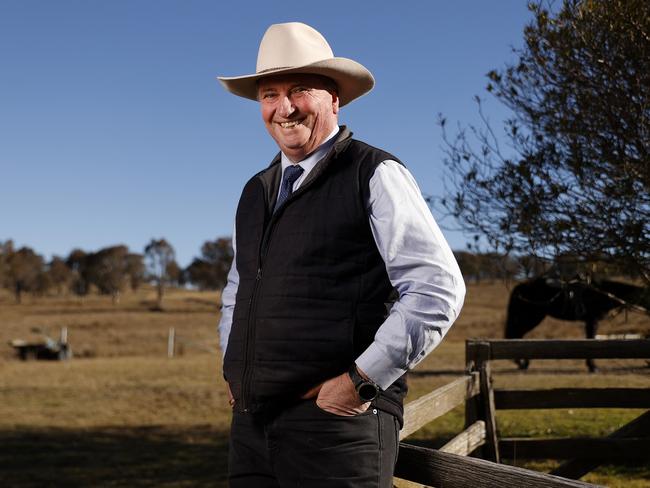
The federal government has been consulting Indigenous communities this year on the development of its First Nations Clean Energy Strategy, which will canvas the transmission line issue.
“Participating in these discussions... will provide you with the ability to ensure Australia’s energy transformation occurs with a strong First Nations voice,” a message on the strategy website states.
STUDENTS CREATE INDIGENOUS UNIFORMS
Students at this school are donning a new Indigenous-inspired uniform that they designed themselves with pride.
Fresh from the printers, the school shirts were the brainchild of Indigenous students who wanted to raise awareness of the Aboriginal and Torres Strait Islander culture, sparking a transformative cultural change within the school community.

The children from Pacific Hope Christian School in Tweed Heads, northern NSW, have a range of diverse disabilities, including autism, according to the campus director Sandi Aleman.
“This was instigated by Indigenous pupils who wanted to raise awareness about inclusion and diversity in general,” Ms Aleman said.
“It’s about breaking down stigmas, being aware of people’s difficulties and closing the gap for everyone.
“We are keen to give all pupils a voice.”
Ms Aleman said pupils at the school, which caters for 77 children from Year 1 to Year 12, will wear the shirt once a week to help raise awareness.
Indigenous pupil Ayshah Nixon, 11, was one of the pupils behind the idea.
“I am a proud Aboriginal girl who loves my culture,” she said.
“I’ve been part of designing an Indigenous student uniform to acknowledge and help close the gap in my school.”
Proud parents Janaya and James said: “Ayshah has taken the initiative to ignite enthusiasm that has paved the way for a cultural shift that embraces diversity, kindness and collaboration within her school community and we couldn’t be more proud of her”.




